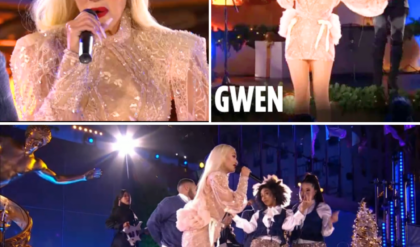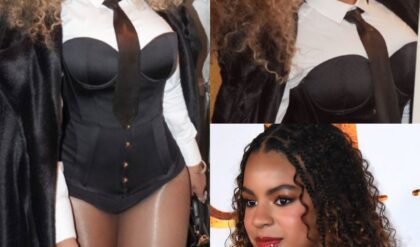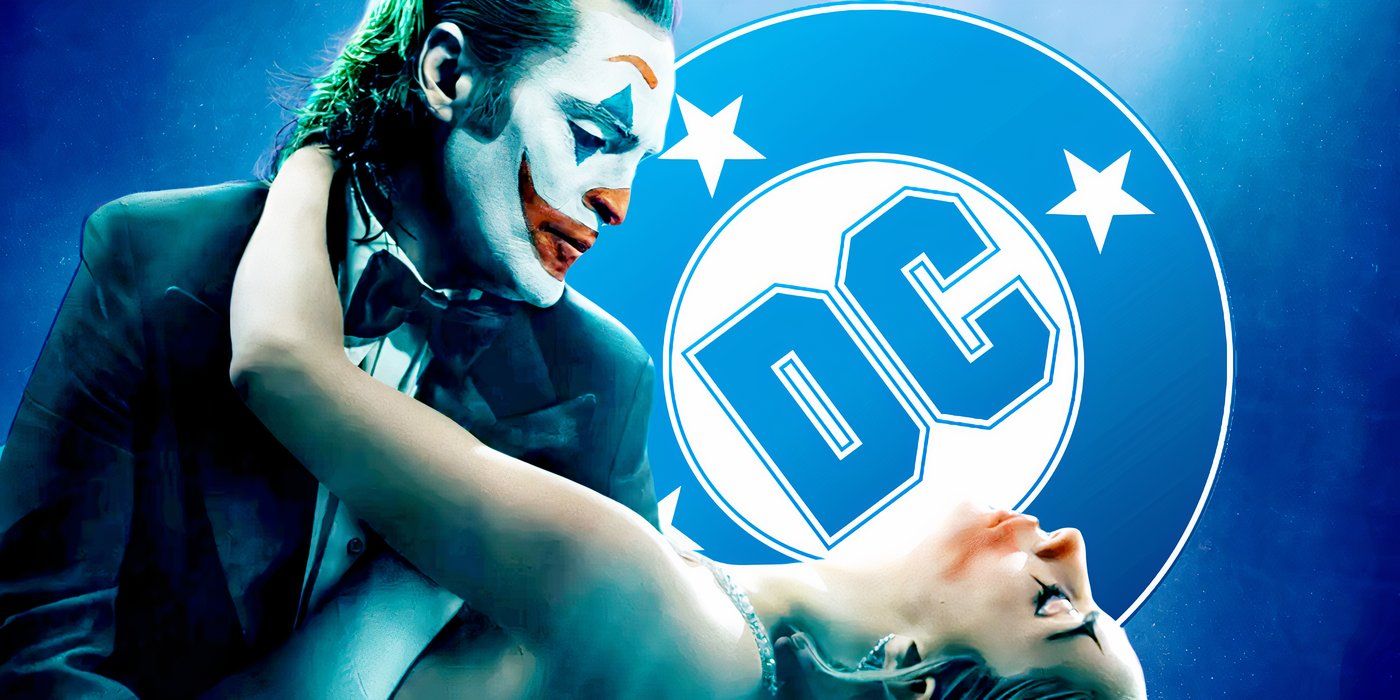
Joker: Folie a Deux boldly reimagines elements of DC canon, creating a narrative that diverges significantly from established DC lore. Joker: Folie a Deux follows on from 2022’s smash hit, Joker, depicting Arthur Fleck’s trial for his crime spree as the Joker. The narrative is steeped in a more grounded reality, offering a stark contrast to the often flamboyant and exaggerated nature of comic book storytelling. As such, several notable changes have been made to established DC lore in order to facilitate the grim vision of Gotham.
Joker: Folie a Deux stands as a unique entry in the DC universe, bringing forth a range of characters and themes that counter traditional portrayals. By positioning itself within the framework of DC Elseworlds, the movie is able to explore DC characters and narratives free from consequences, unlike the main DCU timeline, which is expected to fit seamlessly together. Instead, Joker: Folie a Deux is able to interpret iconic characters in dynamic new ways.
9Harley Quinn Is A Patient Not A Doctor
In The Comics, Harley Is A Qualified Doctor
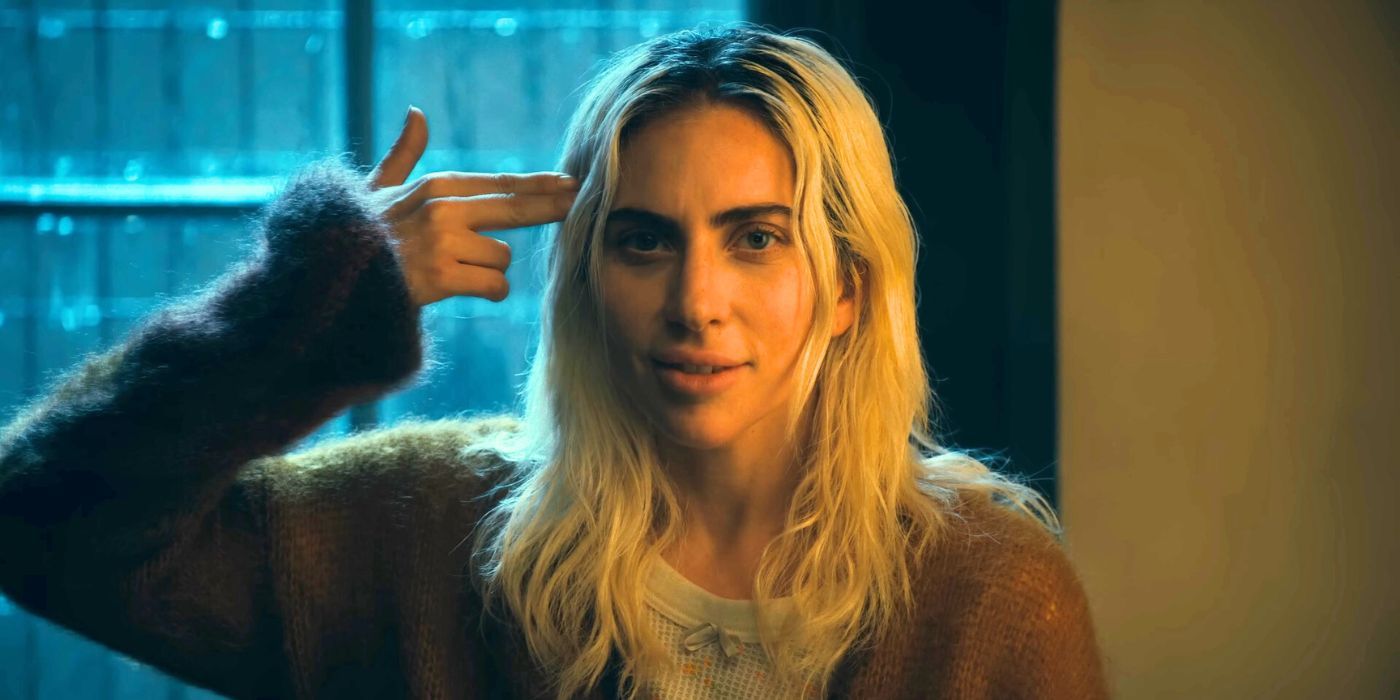
In DC Comics, Harley Quinn has traditionally been portrayed as a highly qualified psychologist who works at Arkham Asylum. This background lends her character a level of complexity, as her transformation from a doctor to the Joker’s accomplice plays out in layers of psychological manipulation and dependency. However, in Joker: Folie a Deux, Lady Gaga’s Harley Quinn is introduced as a patient in a less strict ward of Arkham, altering the dynamic between her and the Joker fundamentally.
This shift in Joker: Folie a Deux signifies a radical reimagining of Harley’s character arc. Instead of being an authority figure who succumbs to the Joker’s influence, she is now a victim of her own obsession. The change serves to highlight her descent into madness rather than her rise as a criminal mastermind. By presenting Harley as a patient, the film emphasizes themes of mental health and the consequences of obsession, allowing for a more nuanced exploration of her character.
8Harley Quinn Voluntarily Goes To Arkham To Meet Joker
In The Comics, Harley Is Assigned As Joker’s Doctor

One of the most striking changes in Joker: Folie a Deux is Harley Quinn’s motivation. In the comics, Harley’s journey into the world of crime is often depicted as a gradual corruption, stemming from her role as the Joker’s psychiatrist. She is portrayed as being slowly manipulated by him, eventually falling into a toxic relationship. In contrast, the film takes a bold step by showing Harley as someone who voluntarily commits herself to Arkham in a desperate attempt to get closer to Arthur Fleck.
By willingly entering the asylum, Harley reflects a desire for agency, albeit in a dark and misguided way. Her obsession with Arthur serves as a commentary on the complexities of love and madness, providing a fresh perspective on the character. This portrayal complicates her motivations and adds complications to her character that were not present in earlier adaptations, challenging the traditional understanding of Harley’s identity and relationship with the Joker.
7Harvey Dent Is Injured In An Explosion Not An Acid Attack
In The Comic, Dent’s Injuries Transform Him Into Two-Face

The character of Harvey Dent, famously known as the villain Two-Face, undergoes a notable change in Joker: Folie a Deux. Traditionally, Dent’s transformation into Two-Face is precipitated by an acid attack inflicted by the Gotham gangster Sal Maroni. This backstory has become a defining aspect of his character in the comics, symbolizing the loss of his ideals as a law-abiding citizen. In contrast, Folie a Deux opts for a different origin for Dent’s disfigurement.
In Joker: Folie a Deux, Dent suffers his facial injuries from a car bomb explosion outside the Gotham Courthouse. This change not only recontextualizes Dent’s descent into villainy but also t ies his transformation to Arthur Fleck’s actions and the broader chaos in Gotham City. The explosion serves as a powerful metaphor for the destructive consequences of Arthur’s journey, creating a direct link between their fates. By shifting the nature of Dent’s injury, the film underscores the chaotic environment of Gotham and how it can corrupt even the most steadfast individuals.
6The Power Dynamic Between Harley And Joker Is Reversed
In The Comics, Joker Exerts Much More Power Over Harley
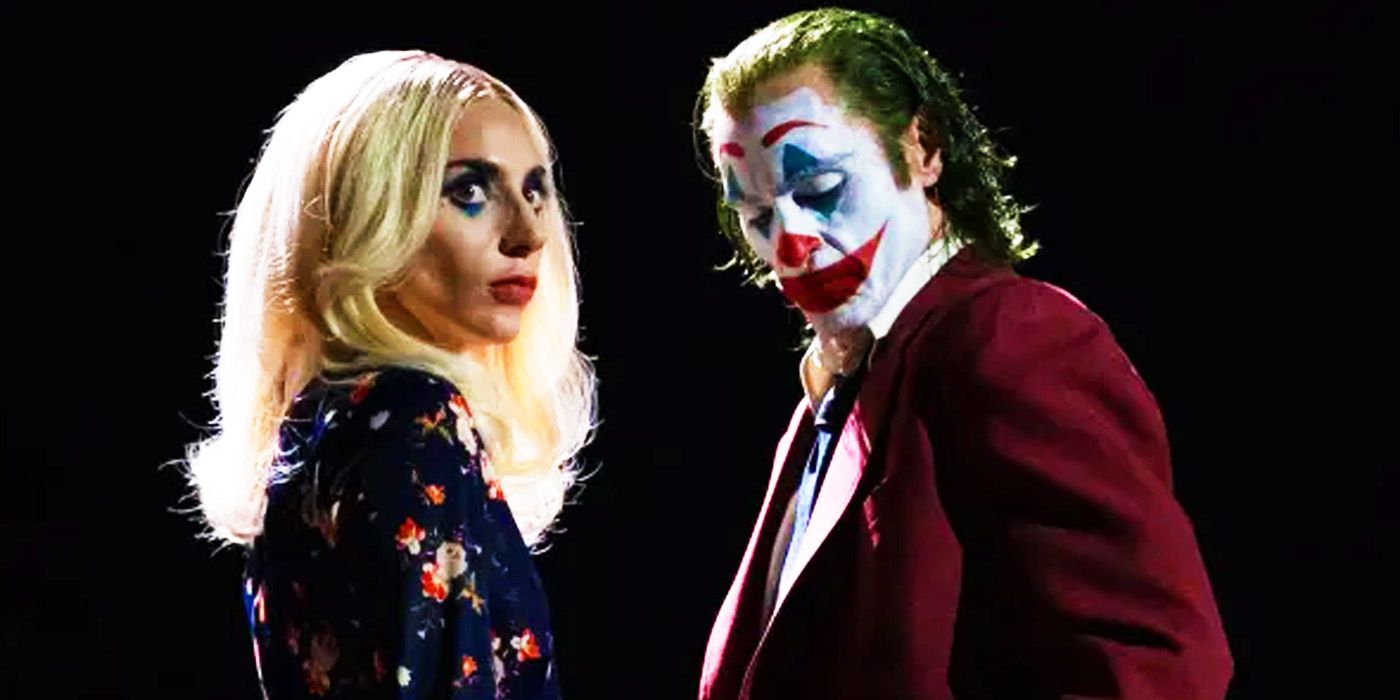
The relationship between Harley Quinn and the Joker is one of the most infamous dynamics in comic book history, often characterized by the Joker’s dominance and Harley’s subjugation. In the comics, Harley is typically depicted as a victim of the Joker’s abuse, showcasing a cycle of manipulation and dependency. However, Joker: Folie a Deux reverses this power dynamic, presenting Harley as the more manipulative and controlling figure in her relationship with Arthur.
Harley Quinn in Joker: Folie a Deux displays agency and cunning, allowing her to navigate the chaotic world around her while maintaining a sense of control over her circumstances. This shift challenges the traditional narrative of abuse often associated with their relationship, even eliciting sympathy for Arthur. This reimagining opens the door for more intricate storytelling, where the boundaries between victim and perpetrator are blurred, forcing the audience to reconsider their perceptions of both characters.
5Harley Quinn’s Personality Is Different
Harley Also Doesn’t Have Her Trademark Accen
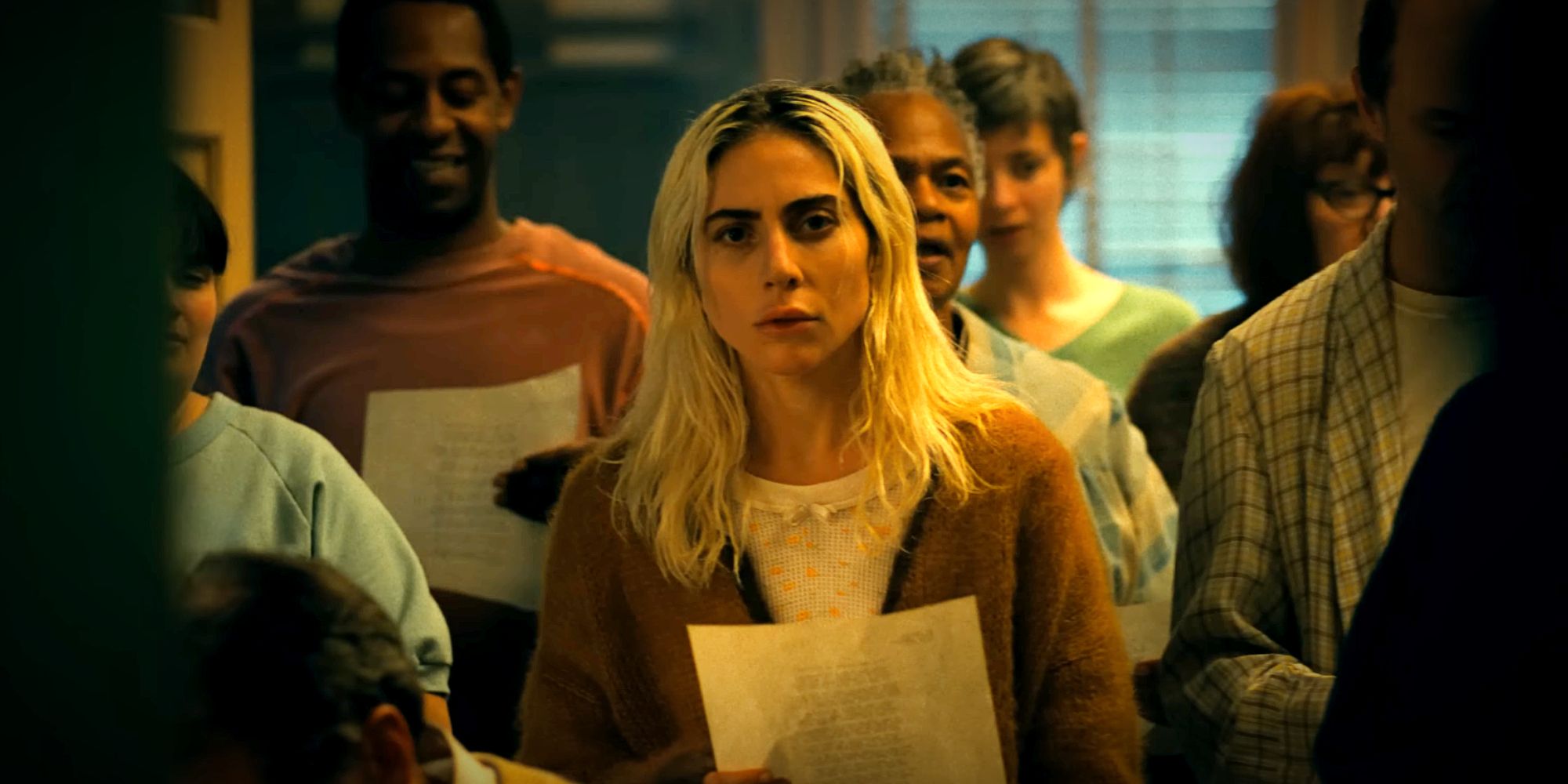
Harley Quinn has long been characterized by her exuberant and flamboyant personality, often depicted as a manic, childlike figure who brings a sense of chaos and humor to the narrative. In the comics, her energetic antics and unpredictable behavior have made her a beloved character, often serving as comic relief in darker storylines. However, Joker: Folie a Deux presents a much more grounded version of Harley, presenting a character who is eccentric yet far less manic and childlike.
This shift in personality allows for a more serious exploration of Harley’s character that’s more in-keeping with the movie’s tone. Joker: Folie a Deux captures her eccentricity but places it within a context of deeper emotional turmoil. Rather than being purely a source of comic relief, Harley is portrayed as a complex individual grappling with her obsession and the consequences of her actions. This grounded portrayal creates a more nuanced and multifaceted character.
4Joker Actually Loves Harley Quinn
In The Comics, Joker Doesn’t Really Love Harley
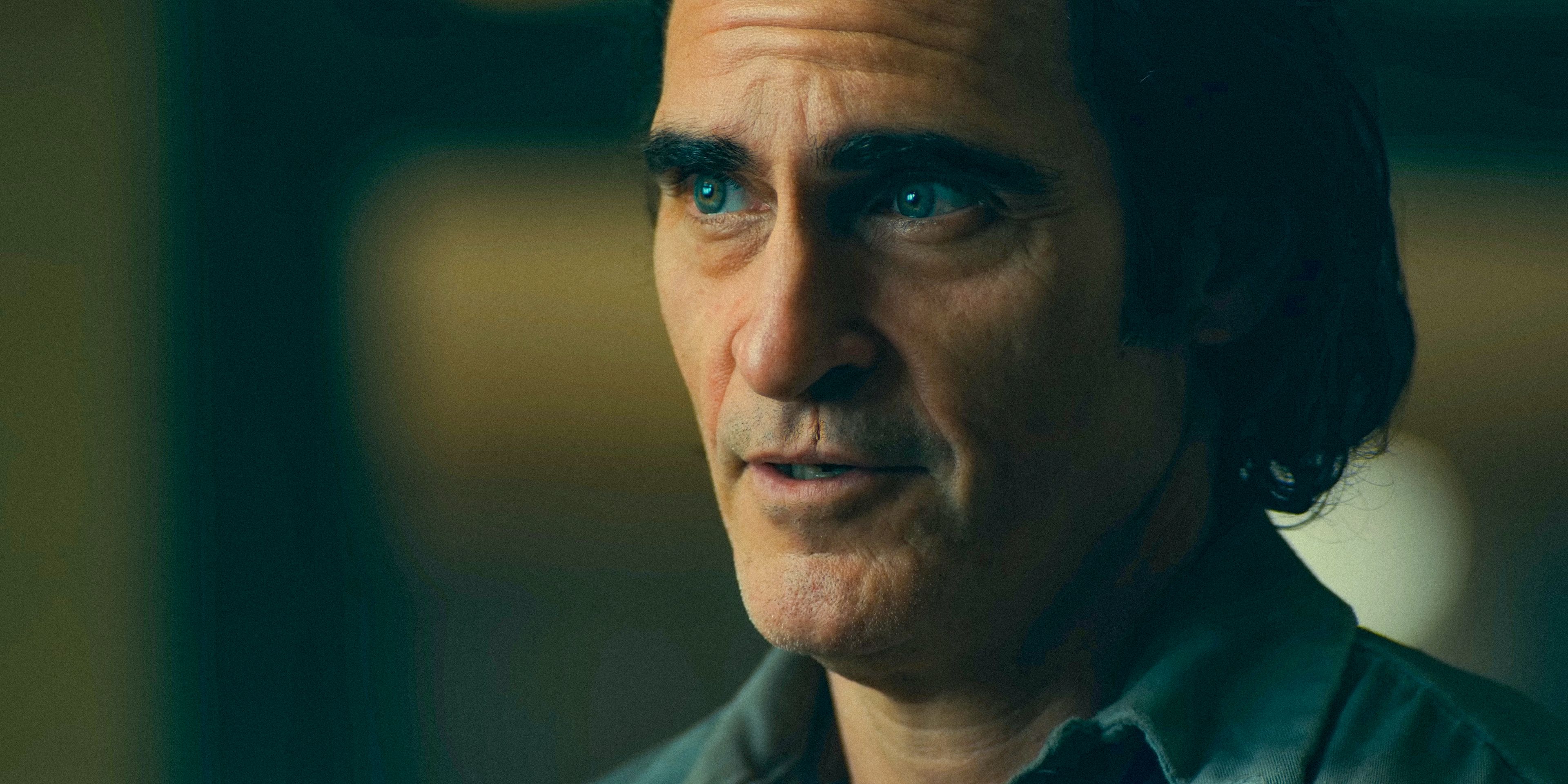
One of the most significant departures from the traditional DC canon in Joker: Folie a Deux is the portrayal of the Joker’s feelings towards Harley Quinn. In the comics, the Joker is often depicted as an unfeeling sociopath who exploits Harley’s affections for his own gain. Their relationship is characterized by manipulation, abuse, and a lack of genuine emotional connection, often described as a cycle of abuse exacerbated by Harley’s Stockholm syndrome.
In contrast, Joker: Folie a Deux suggests that there is a genuine emotional bond between Arthur Fleck and Harley Quinn, who is now called Lee. Arthur’s love for her is palpable, complicating the usual dynamics of their relationship. This portrayal challenges the long-held belief that the Joker is incapable of love or empathy, revealing a softer side to his character. By showcasing Arthur’s care for Harley, the film highlights the reversal of their power dynamic.
3Joker Shows Remorse For His Crimes
Joker Is Usually Devoid Of Contrition
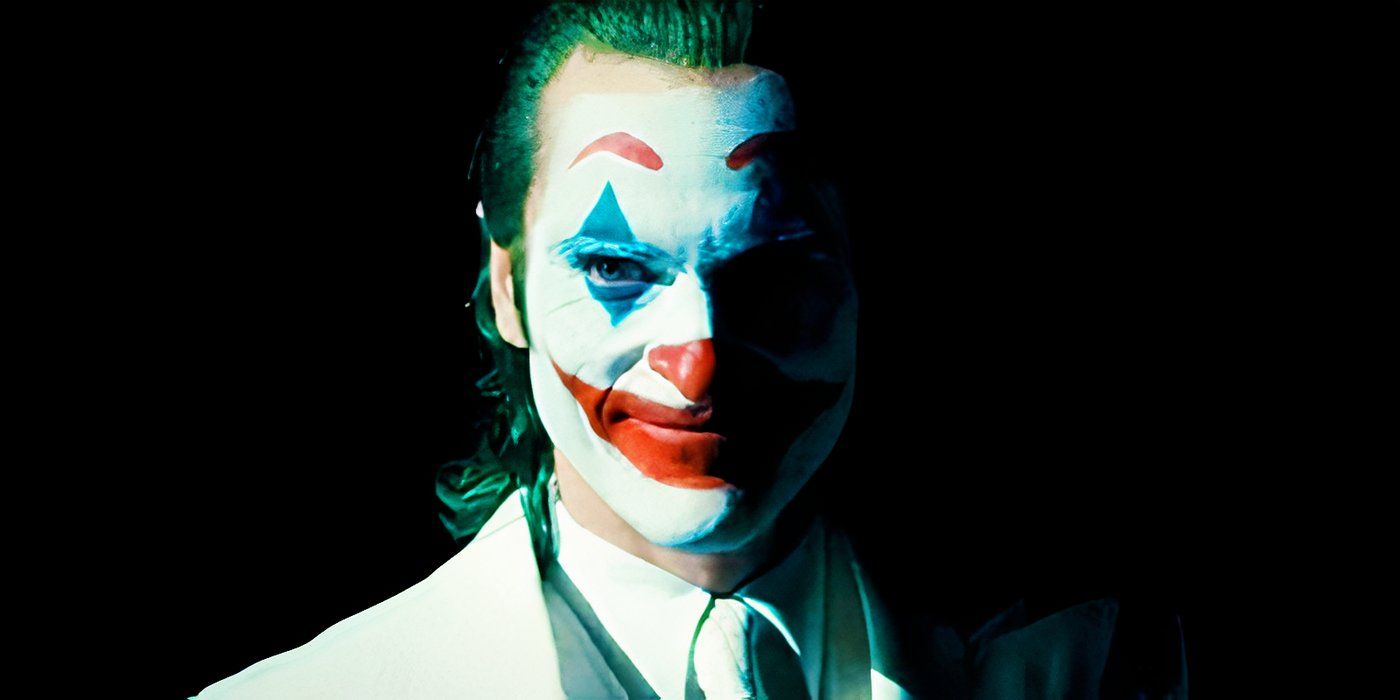
The Joker has long been characterized as a villain who revels in chaos and suffering, exhibiting a blatant indifference to the pain he inflicts on others. In the comics, he often embodies a lack of remorse for his actions, viewing his crimes as part of a grand joke. Joker: Folie a Deux introduces a compelling change by depicting Arthur Fleck as someone who expresses genuine remorse for his actions, particularly following the death of Ricky in Joker: Folie a Deux, a character he has a complicated relationship with.
This emotional depth offers a more complex understanding of Arthur’s psyche, contrasting sharply with the Joker’s traditional portrayal as a remorseless villain. The film culminates in Arthur denouncing the Joker persona, suggesting an internal struggle between his darker impulses and the remnants of his humanity. This moment of reflection not only humanizes Arthur but also adds layers to the narrative, emphasizing the psychological ramifications of his journey.
2Harvey Dent Prosecutes Joker
In The Comics, Harvey Dent Wouldn’t Have Had The Opportunity
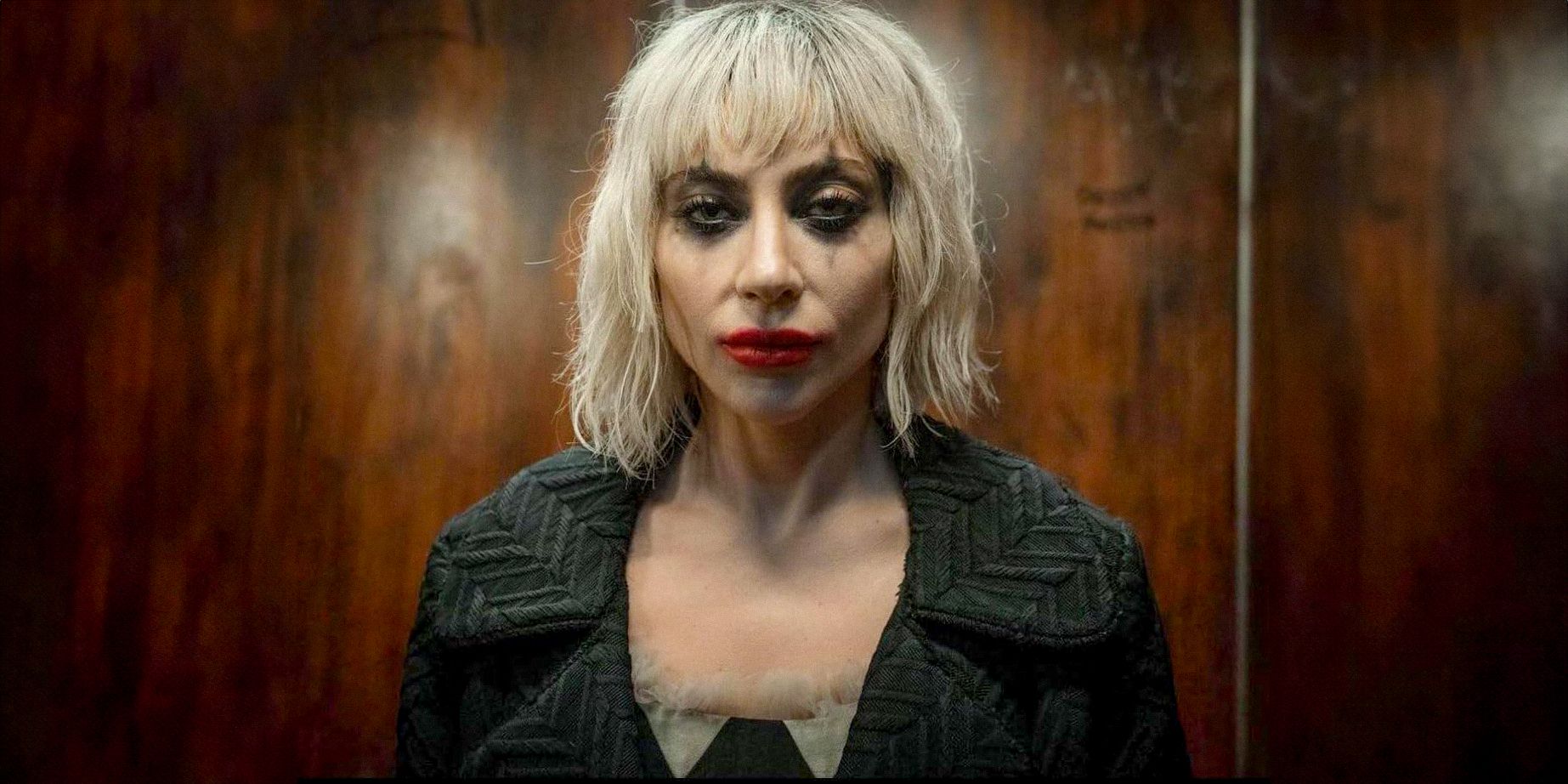
In traditional comic book narratives, Harvey Dent’s turn to villainy is often associated with his early career as a district attorney, fighting against Gotham’s organized crime. Joker: Folie a Deux alters this dynamic by presenting Dent as the prosecutor in Arthur Fleck’s court case, a significant change that impacts the overall narrative. Harvey Dent was traditionally a victim of Gotham’s age of gangsters rather than the era of supervillains. He logically transforms before Joker begins enacting his reign of terror.
Dent’s prosecution of the Joker establishes a direct confrontation between the forces of law and chaos, as well as establishing a connection between Dent’s transformation and the Joker. This alteration not only enriches Dent’s character arc but also emphasizes the interconnectedness of their fates. The narrative suggests that Dent’s experiences during the trial could serve as a catalyst for his eventual transformation into Two-Face, intertwining their stories in a way that reflects the chaotic nature of Gotham itself.
1Joker Has A Backstory (Again)
In The Comics, Joker Has No Official Backstory
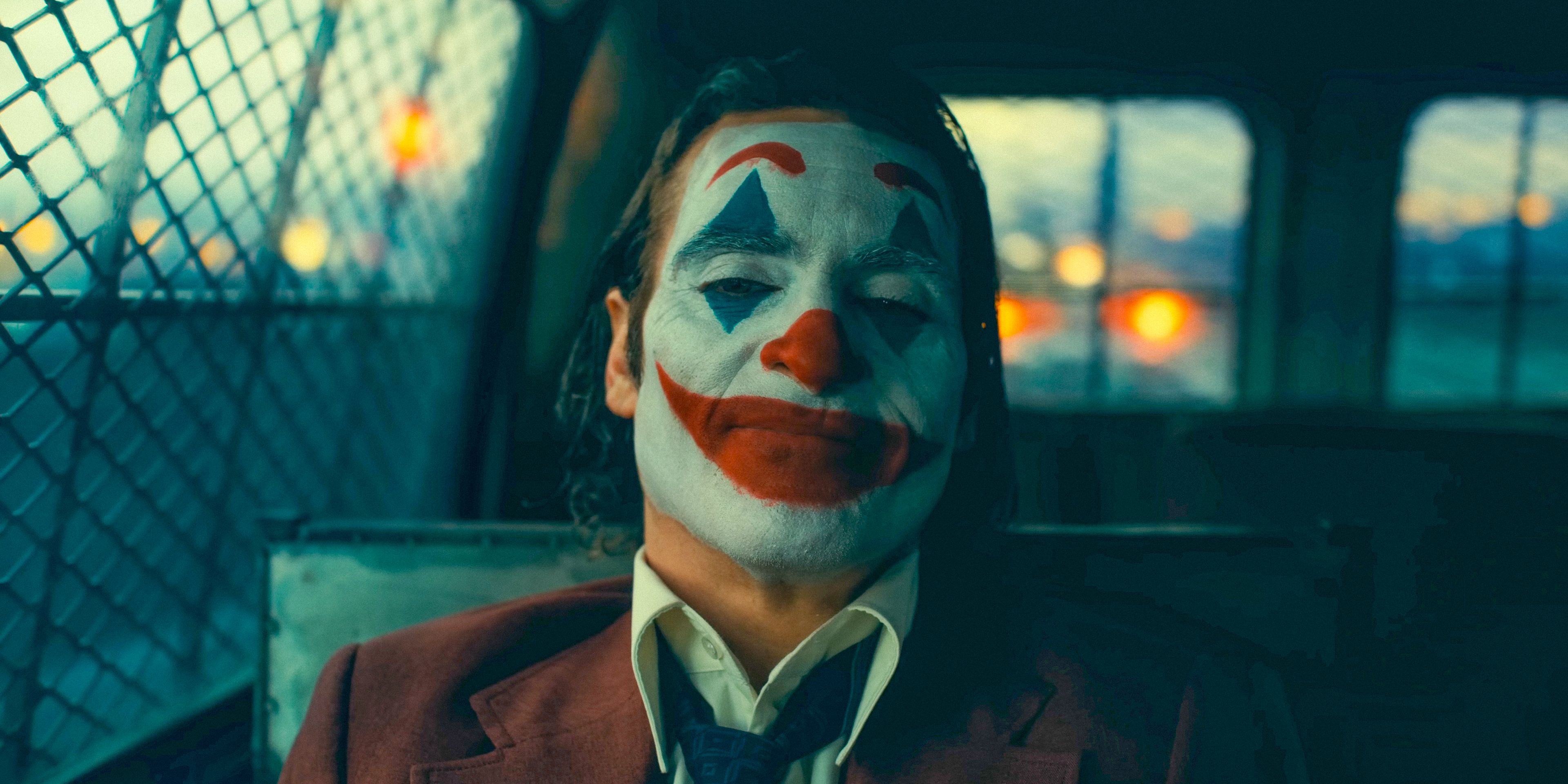
Joker invented a backstory for the Joker that doesn’t really exist in the comics. Or at least, Joker’s origin story is unconfirmed, with Joker serving as an unreliable narrator. He even famously stated that he prefers his origin to be a “multiple choice.” After Joker, a fan theory quickly emerged suggesting that Arthur Fleck was not the real Joker, but would be the inspiration for the actual Crown Prince of Crime. This was thrillingly confirmed in the dramatic final scene of Joker: Folie a Deux, where Arthur Fleck was killed by a character presumed to be the real Joker.
Interestingly, this means that Joker: Folie a Deux has proffered a second backstory for the villain. This time, Joker was a patient at Arkham who idolized Arthur, but grew disappointed and disillusioned when Arthur denounced the Joker persona. This was an expected development that has opened up a lot of potential narratives and possible futures beyond Joker: Folie a Deux.
In contrast, Joker: Folie a Deux suggests that there is a genuine emotional bond between Arthur Fleck and Harley Quinn, who is now called Lee. Arthur’s love for her is palpable, complicating the usual dynamics of their relationship. This portrayal challenges the long-held belief that the Joker is incapable of love or empathy, revealing a softer side to his character. By showcasing Arthur’s care for Harley, the film highlights the reversal of their power dynamic.
3Joker Shows Remorse For His Crimes
Joker Is Usually Devoid Of Contrition


